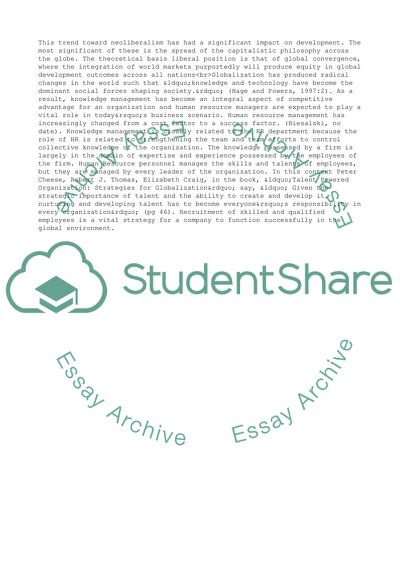Cite this document
(Diversity Resistance in Organizations Research Proposal, n.d.)
Diversity Resistance in Organizations Research Proposal. Retrieved from https://studentshare.org/management/1727723-hr-proposal-edit-chapter-1
Diversity Resistance in Organizations Research Proposal. Retrieved from https://studentshare.org/management/1727723-hr-proposal-edit-chapter-1
(Diversity Resistance in Organizations Research Proposal)
Diversity Resistance in Organizations Research Proposal. https://studentshare.org/management/1727723-hr-proposal-edit-chapter-1.
Diversity Resistance in Organizations Research Proposal. https://studentshare.org/management/1727723-hr-proposal-edit-chapter-1.
“Diversity Resistance in Organizations Research Proposal”, n.d. https://studentshare.org/management/1727723-hr-proposal-edit-chapter-1.


